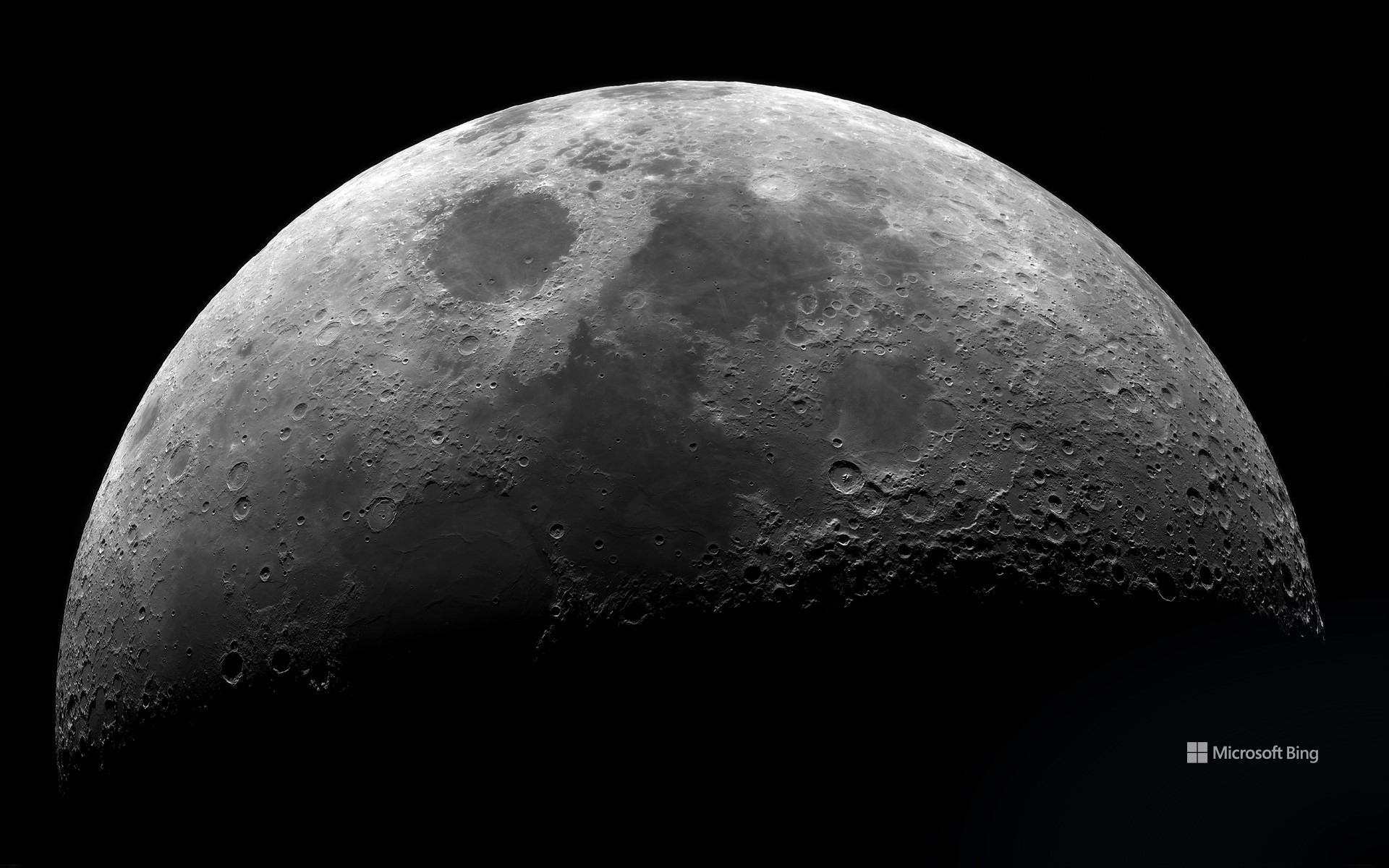望远镜下的月球表面照片 The moon's surface seen through a telescope (© Sergey Kuznetsov/Getty Images)

望远镜下的月球表面照片 The moon's surface seen through a telescope (© Sergey Kuznetsov/Getty Images)
在月光下起舞 Dancing in the moonlight
月球日
每年7月20日是国家月球日,纪念1969年尼尔·阿姆斯特朗首次踏上月球这一具有历史意义的时刻。他的那句宣言:“这是我个人的一小步,却是人类的一大步”,也随之载入史册。紧随其后的是巴兹·奥尔德林,成为第二位登上月球的人。
这项壮举源于美国总统约翰·F·肯尼迪在1961年提出的目标:“在十年内将人类送上月球,并安全返回地球。”阿波罗11号于1969年7月16日从佛罗里达州的肯尼迪航天中心发射,7月19日进入月球轨道。7月20日,“鹰”号登月舱成功在月面着陆,全世界屏息以待,见证这一历史时刻的到来。
月球日不仅仅是对那“一小步”的纪念,更是向促成这场科技奇迹的科学探索精神、团队协作精神以及国际和平合作精神致敬。这种精神至今仍持续推动着人类迈向更遥远的宇宙。
Moon Day
Every July 20, we celebrate National Moon Day, marking the historic moment when Neil Armstrong first stepped onto the moon in 1969. Uttering the iconic words, 'That's one small step for man, one giant leap for mankind,' Armstrong became the first human to walk on the moon, followed by Buzz Aldrin.
The moon landing was the result of President John F. Kennedy's bold 1961 goal to send a man to the moon and return him safely before the decade's end. Apollo 11 launched from Kennedy Space Center on July 16, 1969, reaching lunar orbit by July 19. On July 20, the Eagle lunar module touched down, and the world held its breath as history unfolded.
Moon Day honors not just that first step, but also the science, teamwork, and peaceful international cooperation that made it possible—and continue to drive space exploration today.
评论已关闭